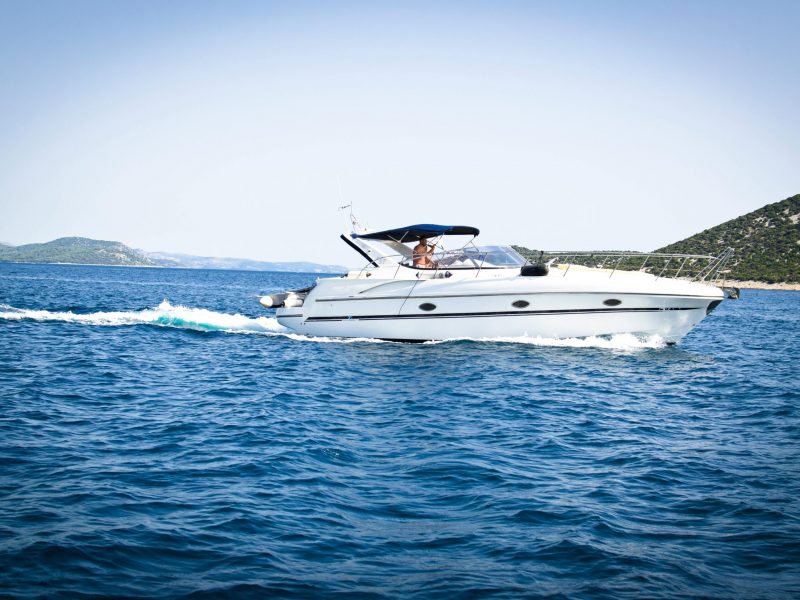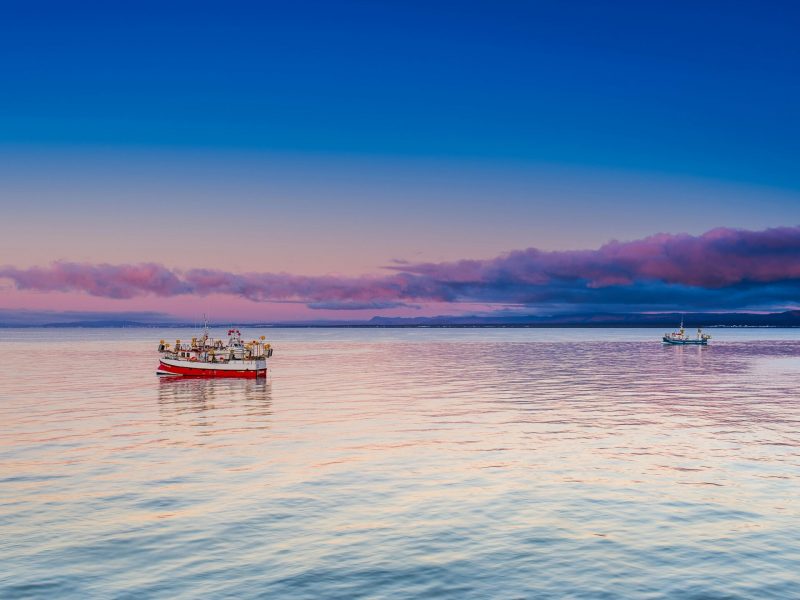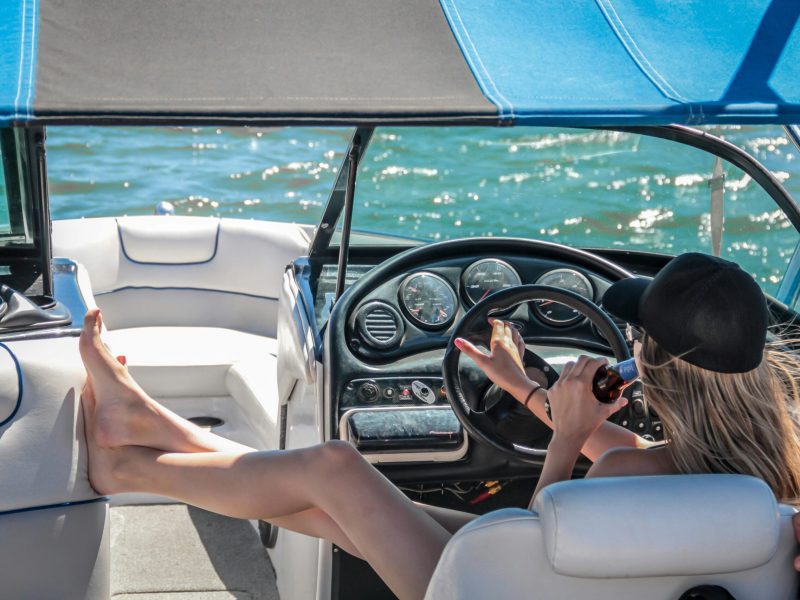As the sailing season slows down, now is the ideal time to set up your boat for winter capacity.
Change the motor oil and channel to eliminate any impurities that could cause erosion throughout the colder time of year. Run the motor momentarily to circle the new oil.
Add a fuel stabilizer to the gas tank to keep the fuel from separating and causing motor issues in the spring. Run the motor to guarantee the stabilizer is dispersed all through the framework.
Clean the frame completely to eliminate any leftover green growth, barnacles, or salt. Assess the structure for harm and make any important fixes before capacity.
Channel all water from the boat's pipes frameworks, including the freshwater tanks, bilge, and any locally available water radiators. This forestalls freezing and harm throughout the colder time of year.
Put resources into an excellent boat cover that fits cozily over your vessel. This cover will shield your boat from the components, including precipitation, snow, and UV beams, during the slow time of year.
Clean the inside of the boat, eliminating any food, refreshments, and individual things. Clean all surfaces to forestall form and mold development during capacity.
Choose whether to store your boat inside or outside. Indoor capacity offers the best insurance, however open-air stockpiling with a legitimate cover can likewise be successful. Guarantee that the capacity region is secure and that your boat is very much shielded from possible risks. In any event, during the slow time of year, it’s vital to screen your boat and perform periodic support checks. This segment frames the vital undertakings to perform throughout the cold weather a long time to guarantee your boat stays looking great


Intermittently mind your boat all through the colder time of year, particularly after tempests or weighty snowfall. Assess the cover for harm, guarantee that the boat is as yet secure, and search for any indications of dampness or irritations. Assuming that your boat is put away with the battery set up, check the battery’s charge level intermittently and finish it off if fundamental. Consider eliminating the battery and putting away it in a dry, temperature-controlled climate to delay its life.
Request parts and supplies ahead of time to guarantee you're prepared to stir things up around town when the weather conditions permits.
Keeping point by point records assists you with following the state of your boat and plan for future support needs.
Audit and update your upkeep records, including any work done during the slow time of year.

Keeping up with your boat all through the year requires tirelessness and scrupulousness, however the prizes are certainly worth the work. By following this occasional agenda, you can guarantee that your boat stays in top condition, prepared for protected and pleasant experiences on the water
These imprint the edges of safe channels. In the US, the expression “Red Right Returning” assists you with recollecting that red floats ought to be to your right side (starboard) side while getting back to port. These are fixed markers on shore or posts, frequently with explicit varieties and shapes to give navigational data. For instance, a red three-sided daymark could show the edge of a channel. These are in many cases put on coastlines or in the water to stamp hazardous regions, like shakes or reefs, and to direct vessels to somewhere safe, especially around evening time.

These lights are utilized to flag the presence of different vessels or navigational guides around evening time or in unfortunate perceivability. Understanding the significance of various light tones and examples is pivotal for safe night route.
